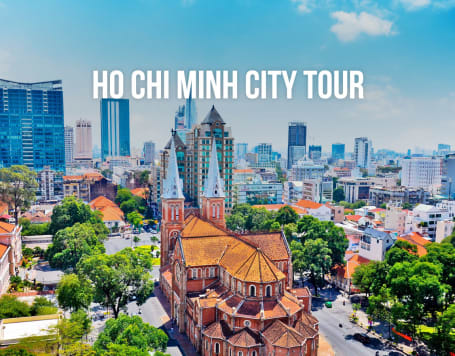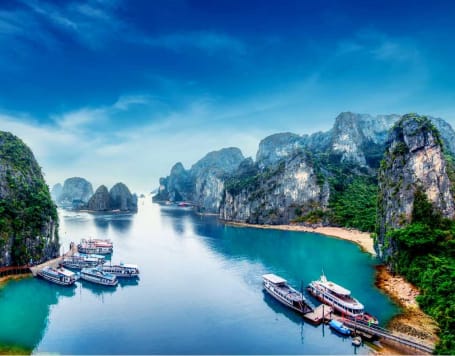Sakya Monastery, located in the Sakya County of the Shigatse Prefecture in Tibet, China, is a renowned Tibetan Buddhist monastery that holds great historical and religious significance. It is considered one of the four major schools of Tibetan Buddhism and has a rich heritage that spans over nine centuries.
The monastery was founded in 1073 by Konchok Gyelpo, who became the first Sakya Trizin, or the head of the Sakya school. The name "Sakya" translates to "Grey Earth," referring to the gray-colored soil in the region. Since its establishment, Sakya Monastery has served as the ancestral seat of the Sakya lineage, which has produced numerous prominent scholars, masters, and lineage holders in Tibetan Buddhism.
The architectural style of Sakya Monastery is distinctive and easily recognizable. The walls of the monastery are white, decorated with colorful stripes in red, black, and white. The main temple of the monastery, known as Lhakhang Chenmo, is the largest building in the complex and is adorned with intricate murals, statues, and sacred relics. The temple houses a significant collection of ancient Buddhist scriptures and cultural artifacts.
Overall, Sakya Monastery stands as a symbol of Tibetan Buddhism's vitality and has played a crucial role in the preservation and dissemination of Buddhist knowledge and practices. Its historical significance, architectural beauty, and ongoing religious activities make it a significant spiritual and cultural landmark in Tibet.





























